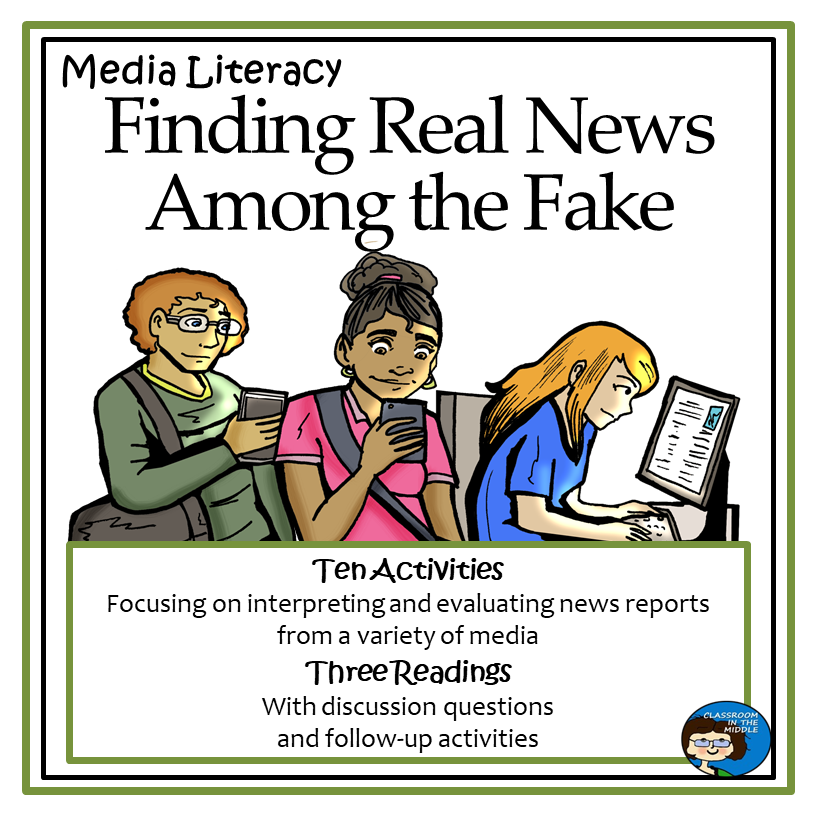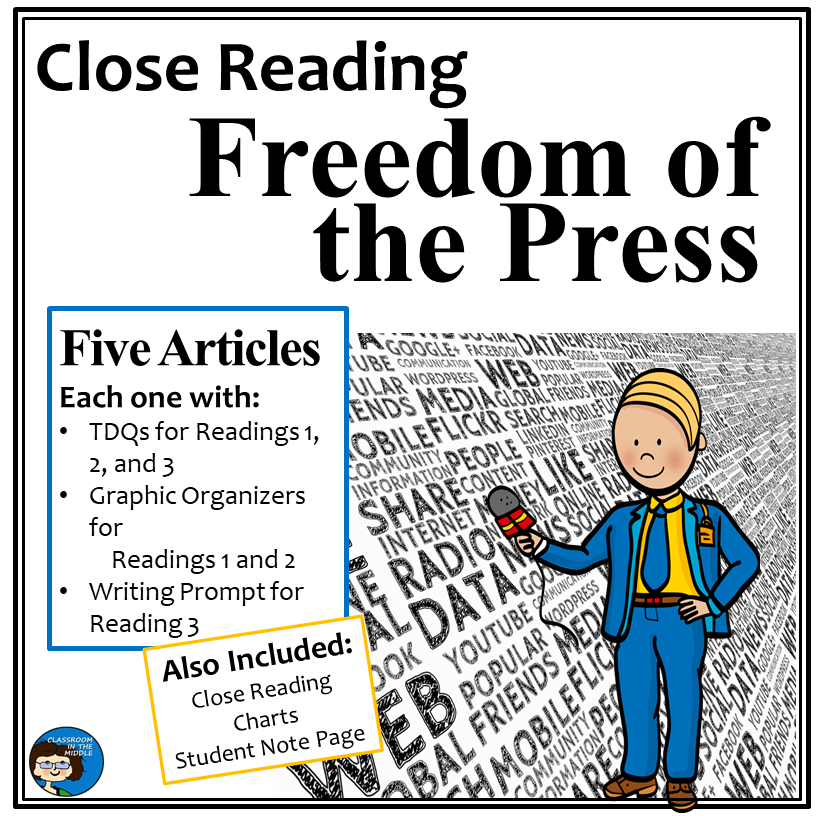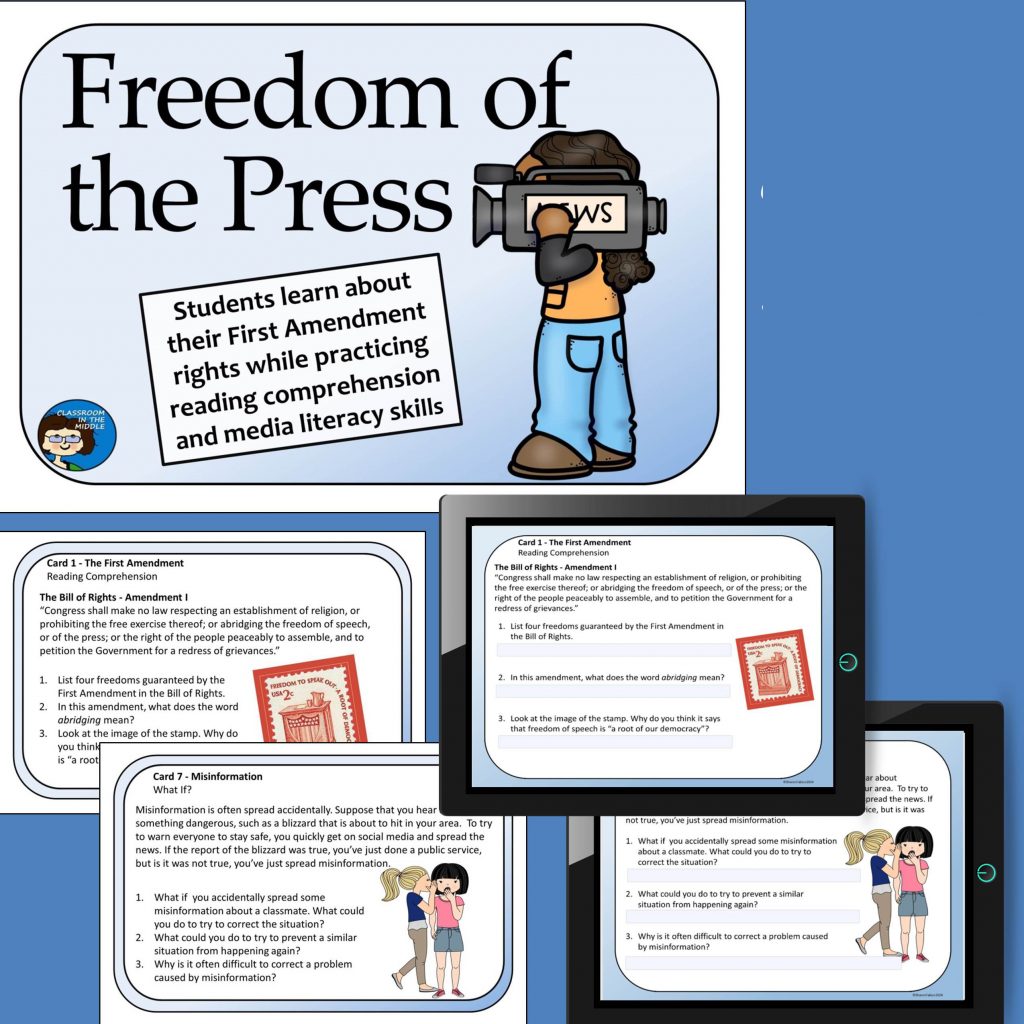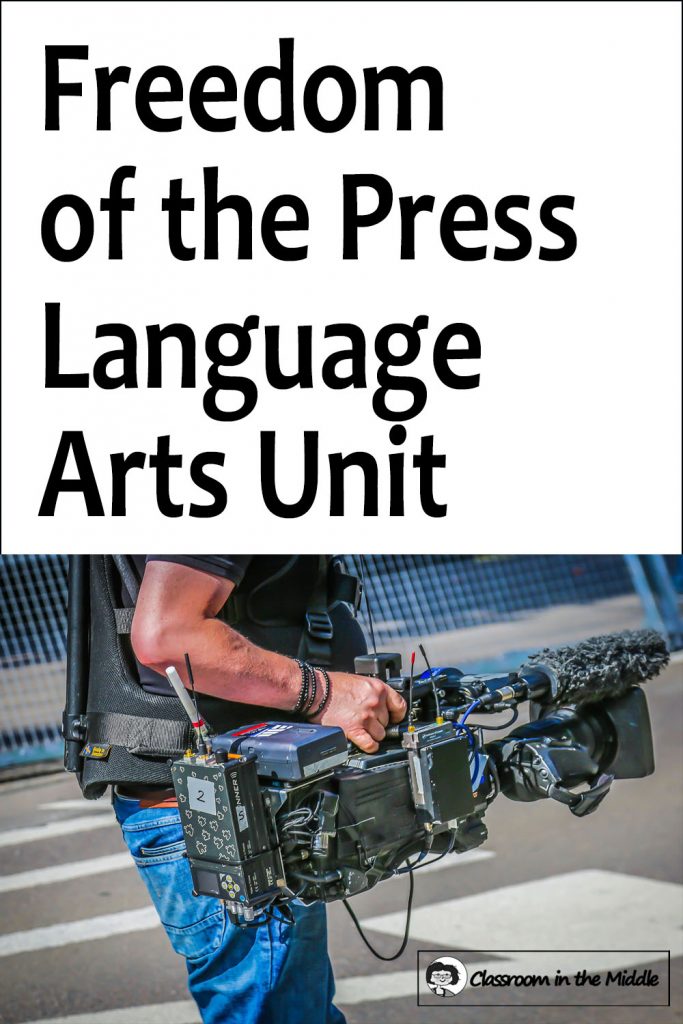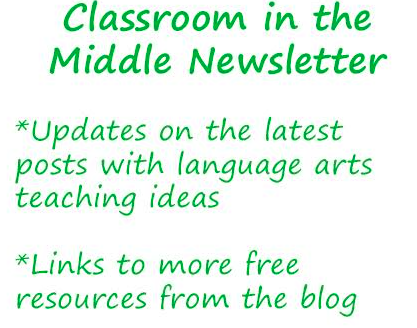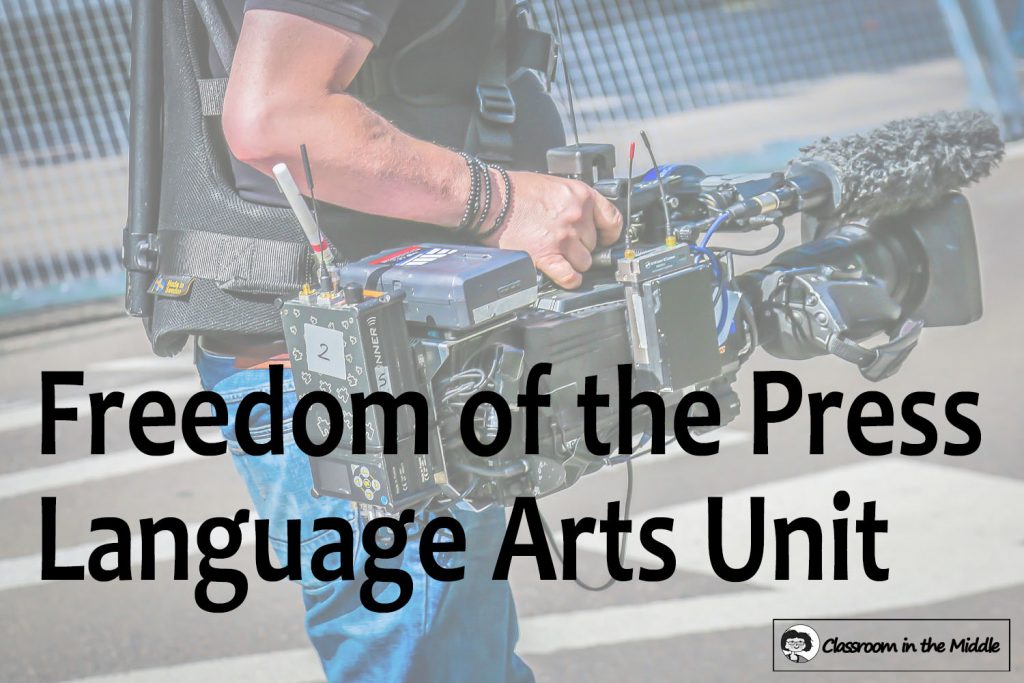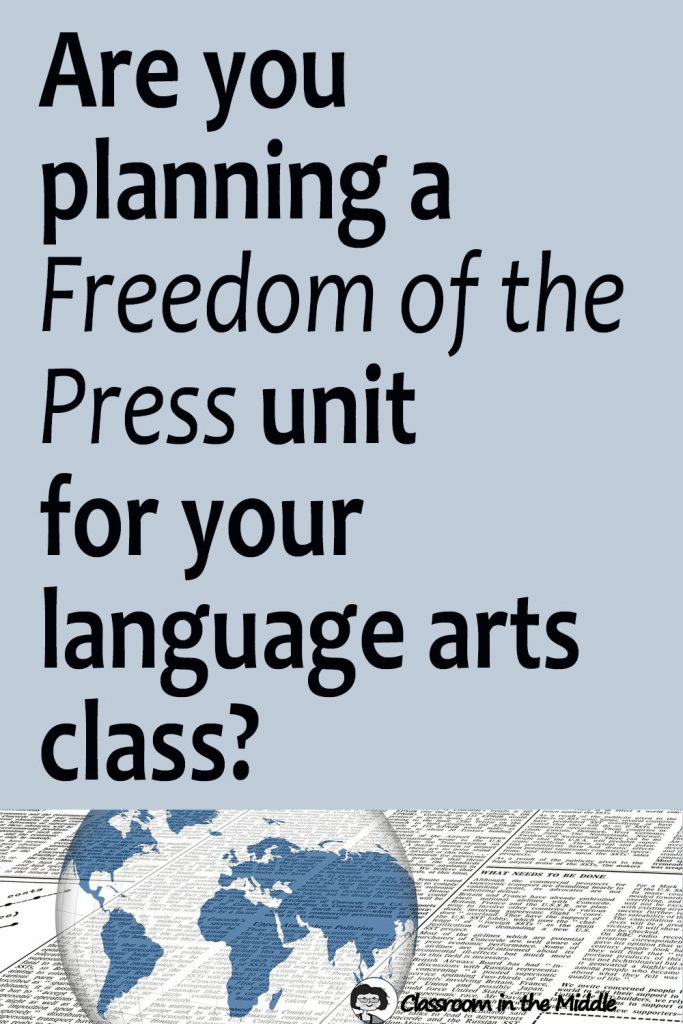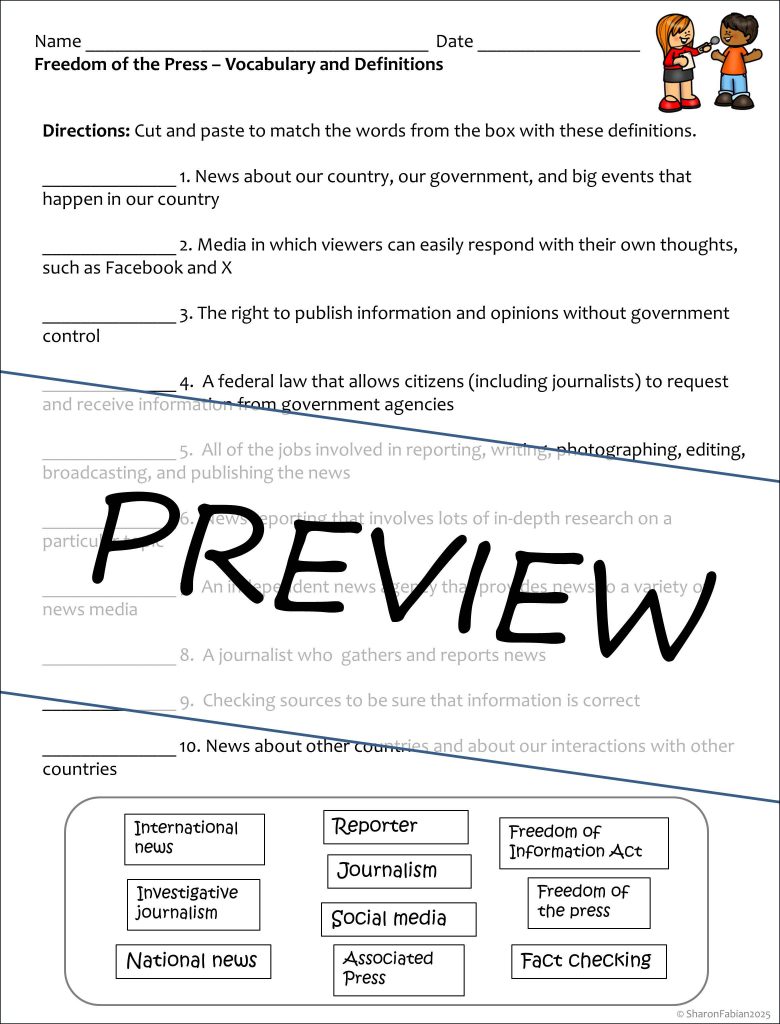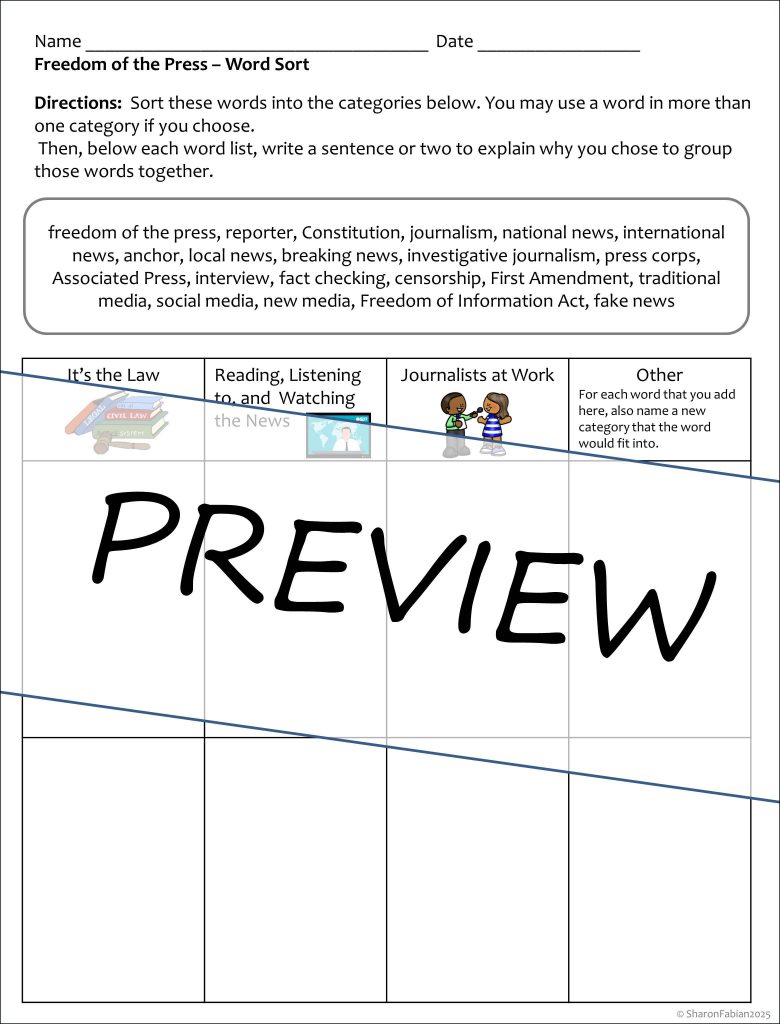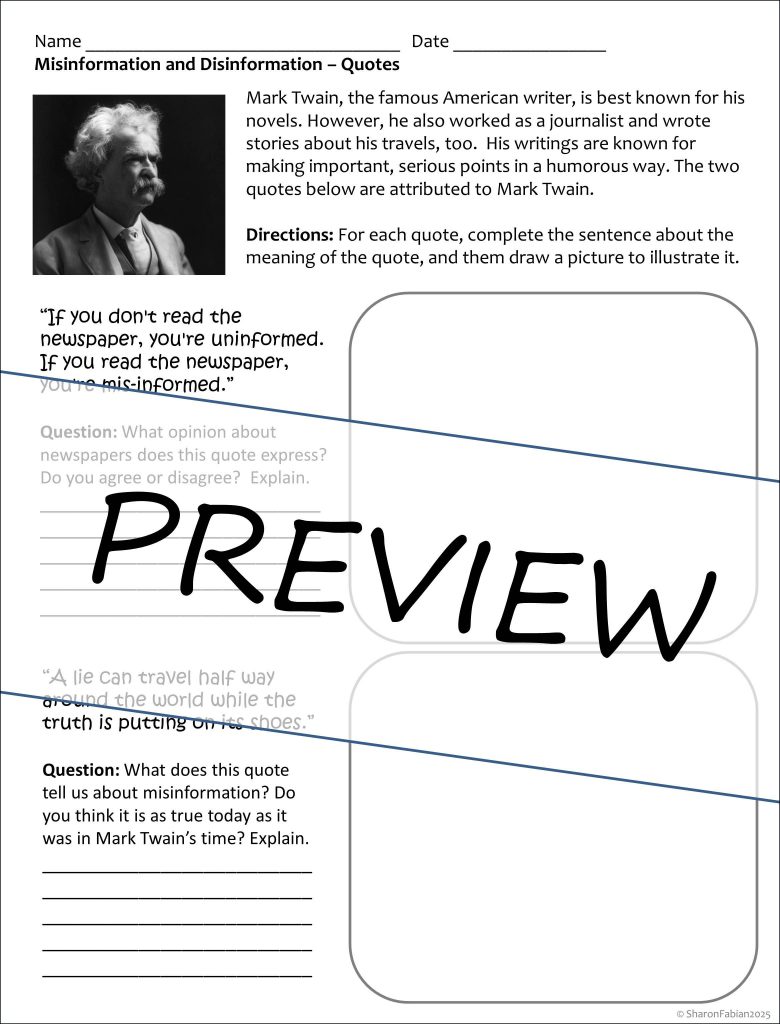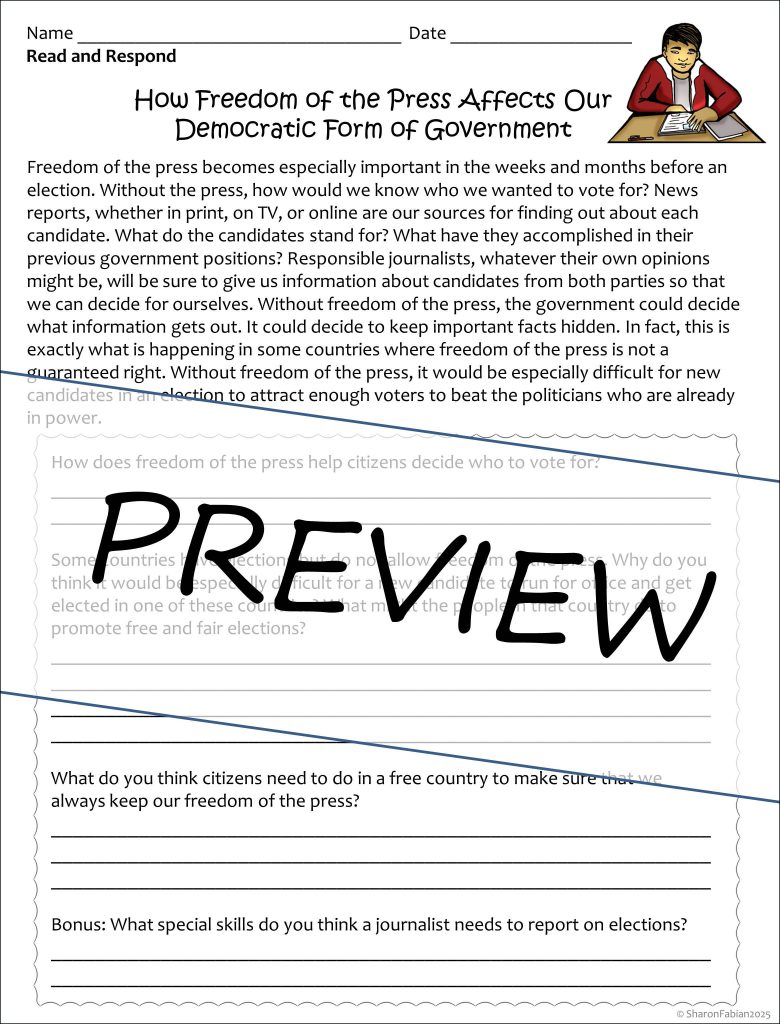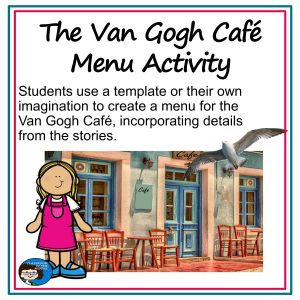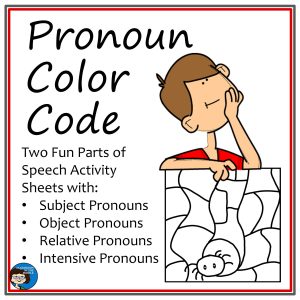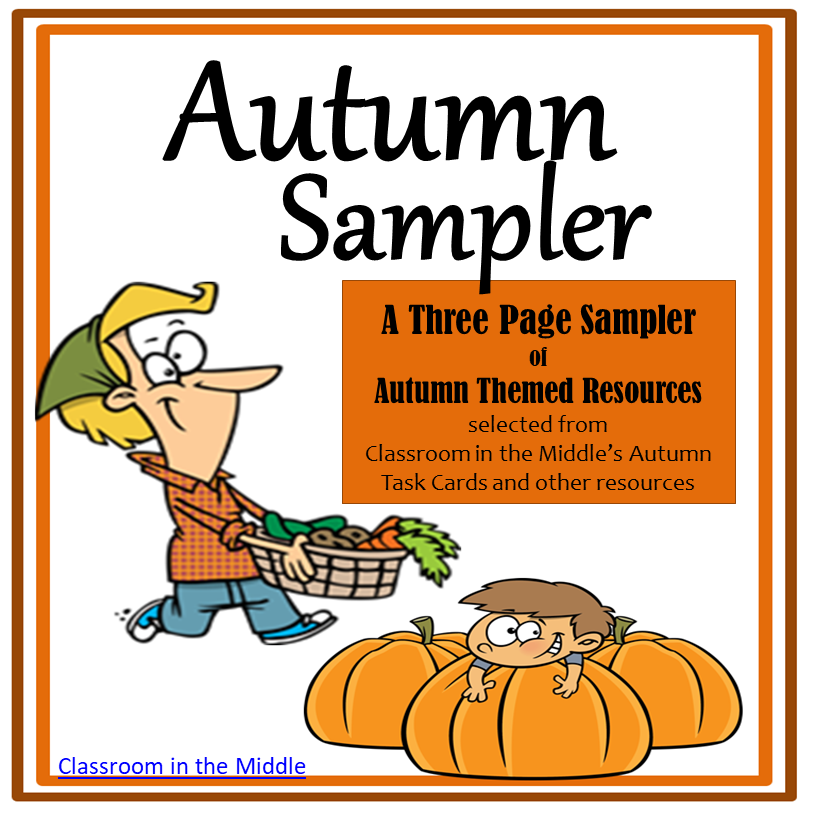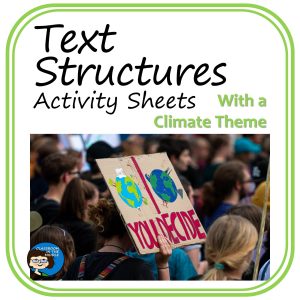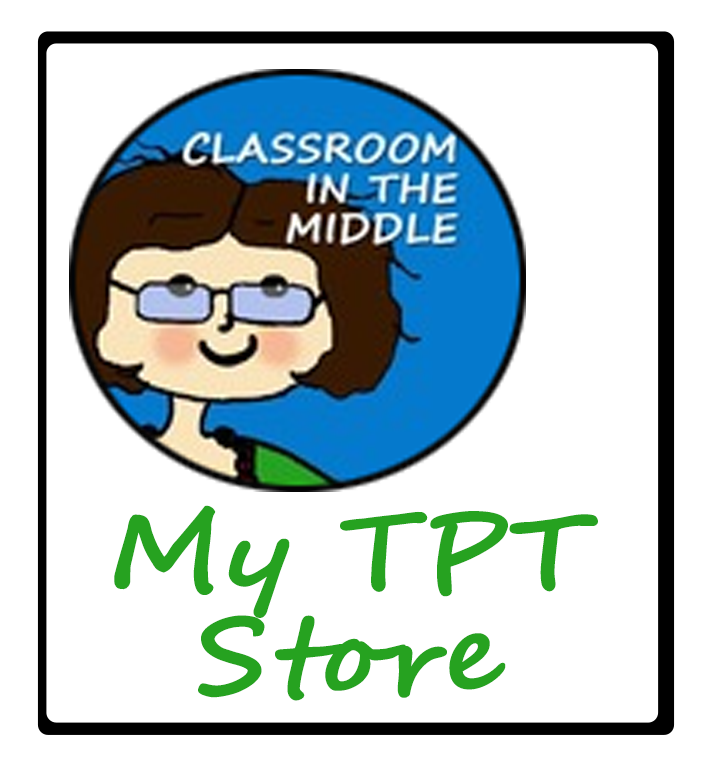So, you’re planning a new non-fiction unit for your language arts class. For the content, you’ve chosen the topic of freedom of the press. It’s bound to be an interesting one since it’s not only a topic where there is common ground but also one with lots of room for discussion.
There is common ground because everyone can agree that freedom of the press is a good thing and, with middle graders especially, common ground is always a good place to start! And on the other hand, with everything that’s going on in the world, the topic of press freedom can also lead into interesting discussions about current events when you want to go there with your class!
But now that you’ve got your subject matter, what about the rest of the plan? What language arts skills will you focus on, and what will your objectives be?
Learning about freedom of the press, important as it is for our students, is not spelled out in the Common Core Language Arts Standards, so information about freedom of the press will probably be the content of your unit (in reading passages and writing prompts, for example) while other skills will be the specific objectives.
As I was working on some new activities for this theme, I noticed that plenty of basic skills like reading comprehension and writing informational and persuasive text just naturally made their way into the activities. So, it was really just a matter of selecting the specific objectives that I wanted. Another nice thing I noticed was that it was really easy to incorporate certain objectives that don’t always fit in as easily with other topics.
Of course, a unit such as this one will also support the goals and content of the civics or social studies teachers on your team!
Here are some of the objectives that I chose.
Vocabulary
Determining the meaning of unknown words is a goal that you can incorporate into lots of lessons in this unit. As they read, students can use both context clues and reference sources to learn vocabulary terms related to journalism and First Amendment Freedoms.
As they work on activity sheets, they will choose words to complete sentences, match words to their definitions, and complete a fun crossword puzzle to practice their new words. Here you can see the matching activity from my new resource, Media Literacy – Reading and Writing about Freedom of the Press, using a cut-and-paste format just to make it more fun.
Of course, there were a few terms that I wanted to focus on individually. Freedom of the press is definitely one, since kids may not be particularly familiar with the term press (or even an actual printing press for that matter!). Media is another one, and I wanted to be sure to get the kids thinking about various types of traditional media as well as new, or social, media. So, I included one activity sheet for each of these terms individually.
For important facts about freedom of the press, I included two activity sheets; one is a true or false and the other is a word sort. This is the word sort.
Reading and Writing Skills
Learning to apply reading comprehension skills doesn’t always require a fictional story or even a long essay or piece of informational text. In fact, short passages can sometimes be a more efficient way to work on skills such as making inferences, determining an author’s point of view, or differentiating between informational and persuasive passages. Both informational text and opinion or persuasive passages can work great in small doses.
Following up on these readings also exercises students’ writing skills, including answering written questions, summarizing information, using new vocabulary, and using text-based evidence to support their answers.
This worksheet with two interesting quotes about misinformation and disinformation by Mark Twain asks students to explain or interpret the quotes and also to respond with their own opinion.
This read-and-respond activity provides a short reading passage about how freedom of the press affects our democratic form of government along with follow-up questions. The other three read-and-responds are about how freedom of the press affects other areas of our lives including personal freedoms, communities, and school.
Oral Language Skills
While worksheets naturally rely mainly on reading and writing assignments, there are many ways to incorporate oral language skills as well, for instance, by reading the passages and then responding orally – being sure to include a discussion of evidence from the text that supports each student’s answers.
Another good oral language activity would be for students to read or listen to one of the passages and then paraphrase the content in their own words. Using the new vocabulary in spoken sentences or incorporating the words into their discussion would be another. And, of course, a class discussion to follow up on one of the topics read about would be perfect, too!
Media Literacy – Reading and Writing about Freedom of the Press
Altogether, there are ten activities in this set (including one about World Press Freedom Day, especially for kids who like to draw), plus the four read-and-respond sheets. I’ve also included a handy 2-page note sheet with vocabulary terms and definitions. If you would like to see a preview of all the activities, you can check it out here.
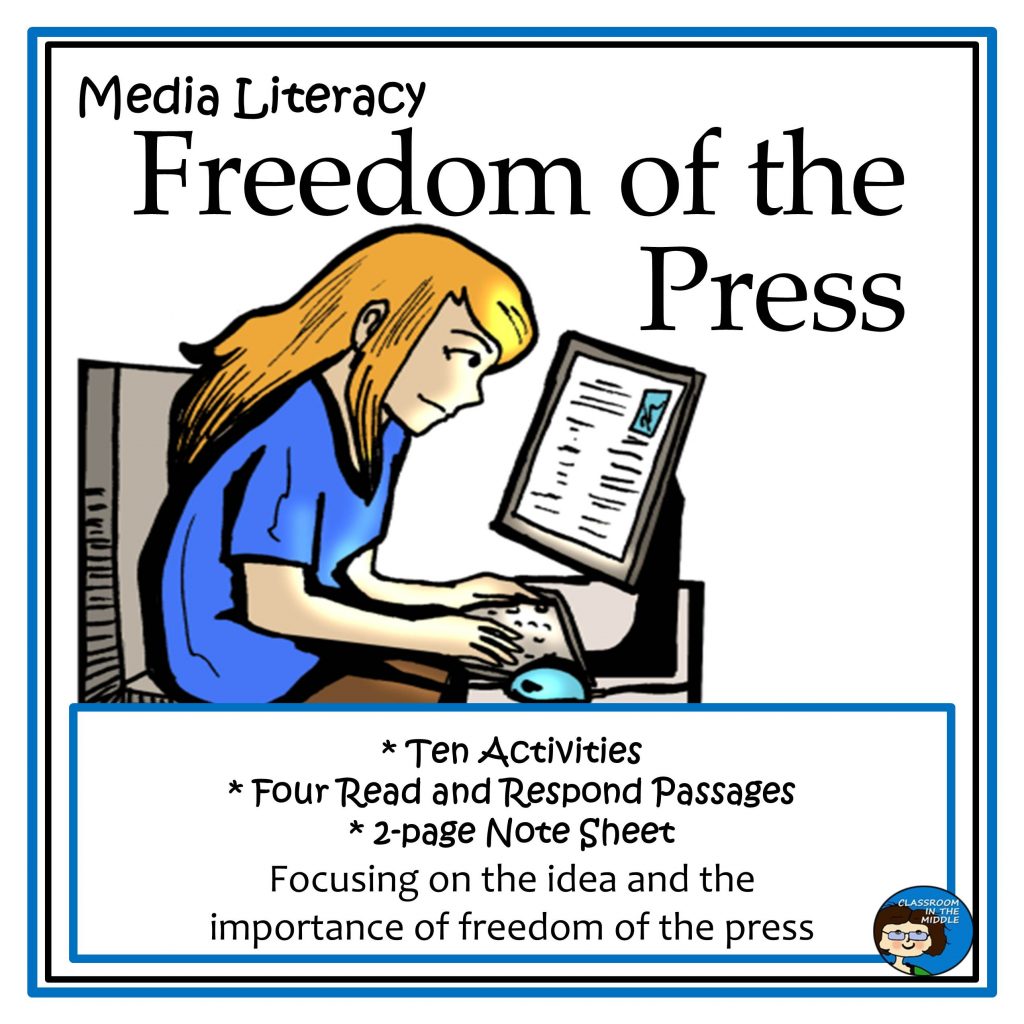
Related Resources
